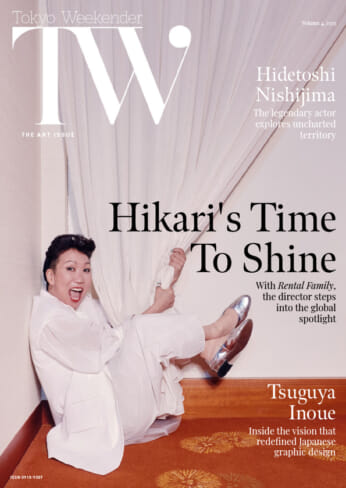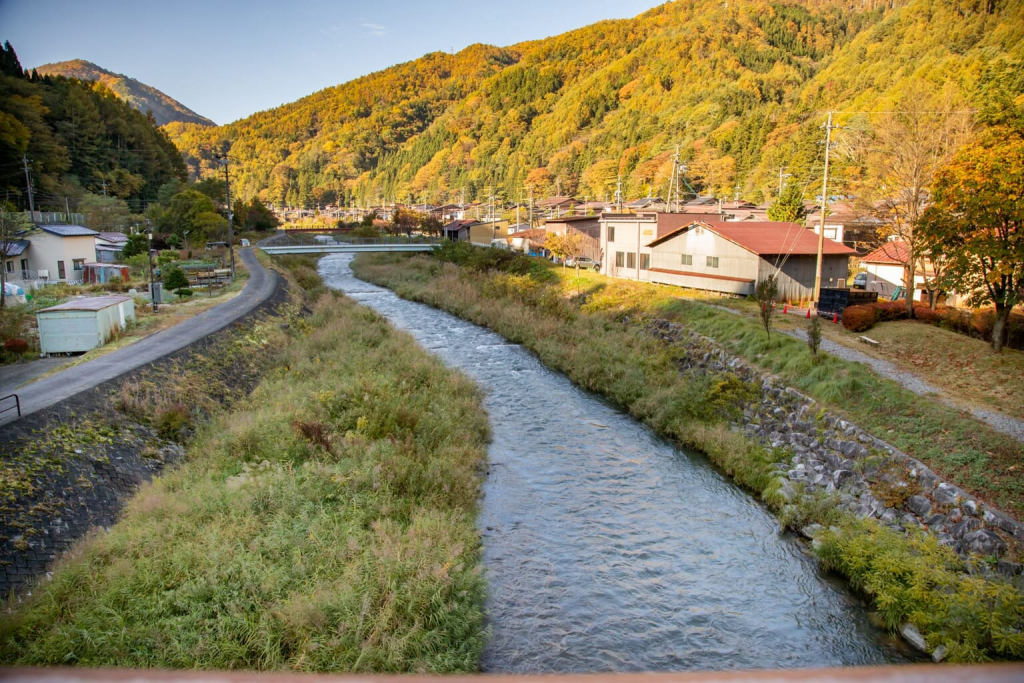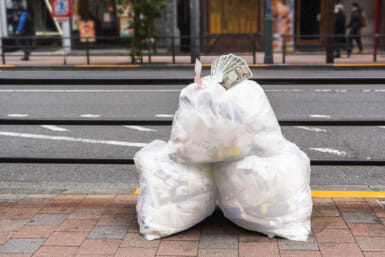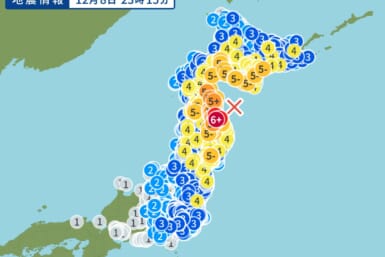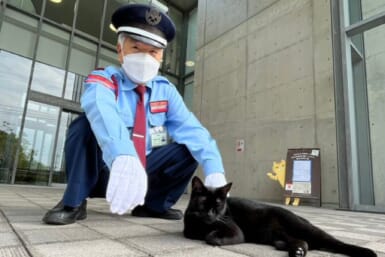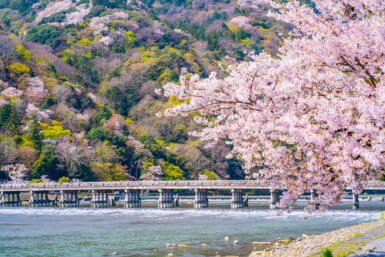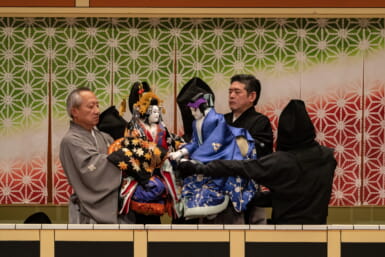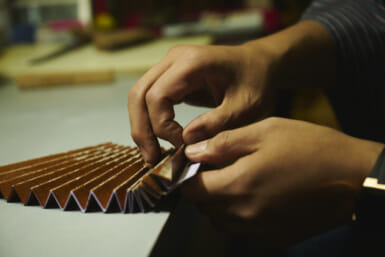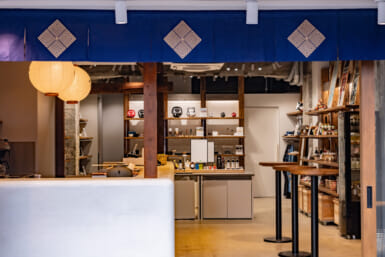Matt Ketchum, also known as “The Akiya Hunter,” is passionate about encouraging people to move beyond the borders of the big cities. With so much misinformation spread about municipalities giving away houses for free, straight-shooter Ketchum gives a no-nonsense introduction to the reality of buying akiya, or vacant properties, in Chubu and elsewhere.
Japan’s Free Houses in the News
The 2022 akiya news cycle has gotten off to a bit of a slow start, but I see signs of life; most recently in a newspaper article titled “Vacant Houses in Toyama Free for the Taking.” Alas, that article is vapid. It talks about something but it doesn’t analyze anything, nor does it empower readers. It provides no numbers, no links to relevant material, and certainly no citations. It could easily be fabricated, which is ridiculous considering it’s from a newspaper with a modicum of respectability.
Knowing how fickle web users are, I suspect that only a few are going to search for verification — the rest will just take the headline at face value. Well, allow me to save you the work. The page with akiya listings shows three properties in total, two of which have already been snagged. That leaves one left.
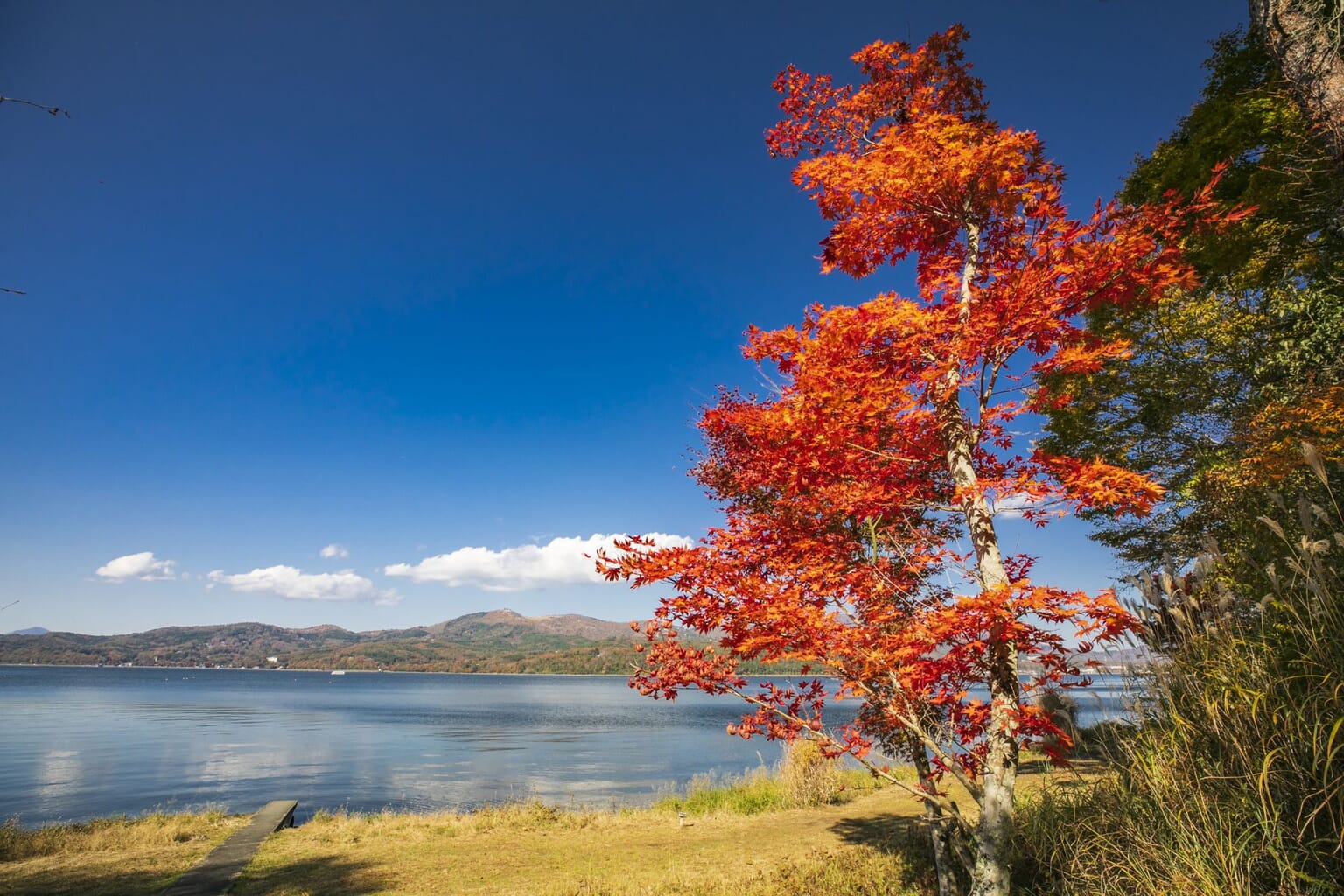
Causes, or The So-called “Akiya Problem”
Surprisingly, that story is a great example because it highlights the core of the “akiya problem,” as it’s come to be known. Information on vacant houses is perfectly scattershot and varies based on idiosyncrasies at the municipal level. As of 2015, there are 1,718 municipalities across 47 prefectures.
You don’t know it yet, but this should frighten you. Some of those municipalities manage properties via akiya banks, others don’t. Some use local services like Izu Home, others don’t. Some use major real estate companies like Suumo, others don’t. Some use major real estate companies’ whitelisted akiya management platforms, like At Home’s Akiya Bank. All of these are supposed to be populated by the national real estate database, Real Estate Information Network Systems (REINS), but most are not. None of these use the same data governance protocols.
So, what does that actually mean? Well, in short: The akiya data ecosystem is a mess. It is difficult to parse, not easily accessible and seldom barely even populated. Like the article mentioned above, there is the suggestion that something is out there, but it may be almost impossible to find. With something like an apple, a blind purchase might not be such a big deal and you’d just take the risk. However, with real estate — even if cheap — that is still a massive responsibility to take on and one that most people don’t want to do with insufficient intel.
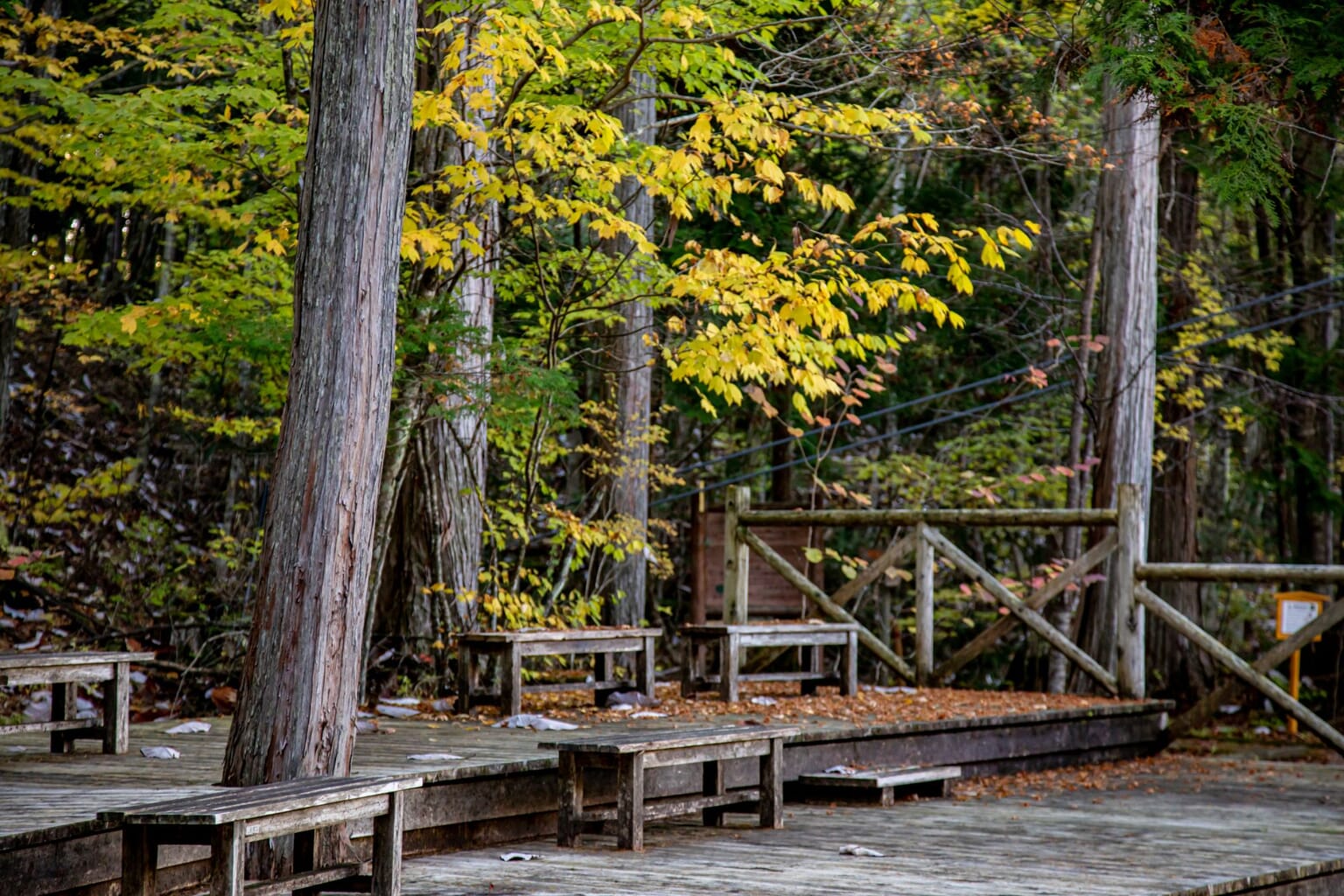
Buying an Akiya
If you’re serious about buying an akiya, the first thing that you need to know is that it is a brutally fractured system that will not readily yield the results or comforts that you want. There is a reason for this: money. Japanese real estate operates in a very particular manner — the Japanese government mandates that a real estate agent takes a three percent commission of list price upon sale for properties that go for at least ¥5 million. They receive no other payment than that, before or after purchase. Just the three percent contingent upon sale.
That might sound just fine to the average person, but think about it a bit more deeply. If you’re an agent with an office in Ginza that deals with apartments selling for ¥400 million in downtown Tokyo, then the juice is worth the squeeze. You can expect to make at least ¥12 million if you sell a property that, realistically, won’t be more than a 30-minute train or cab ride away. Even if you go on several viewings, you’re not wasting time or money. Thus, these properties are well managed, because the manager can expect to make decent money within accepted Japanese real estate practice.
Now, consider that most akiya down in Shimoda, Shizuoka Prefecture — a favorite vacation spot for many Tokyoites — are handled by real estate agents based in Atami. That’s maybe a three-hour drive one way to showcase a property that lies outside of the standard definition of what constitutes an attractive property. On top of that, it will probably cost no more than ¥13 million. Even for all the time and effort put into a successful sale, an agent isn’t going to be interested in engaging with potential buyers because, at most, they’ll make ¥400,000 — and that’s before travel costs.
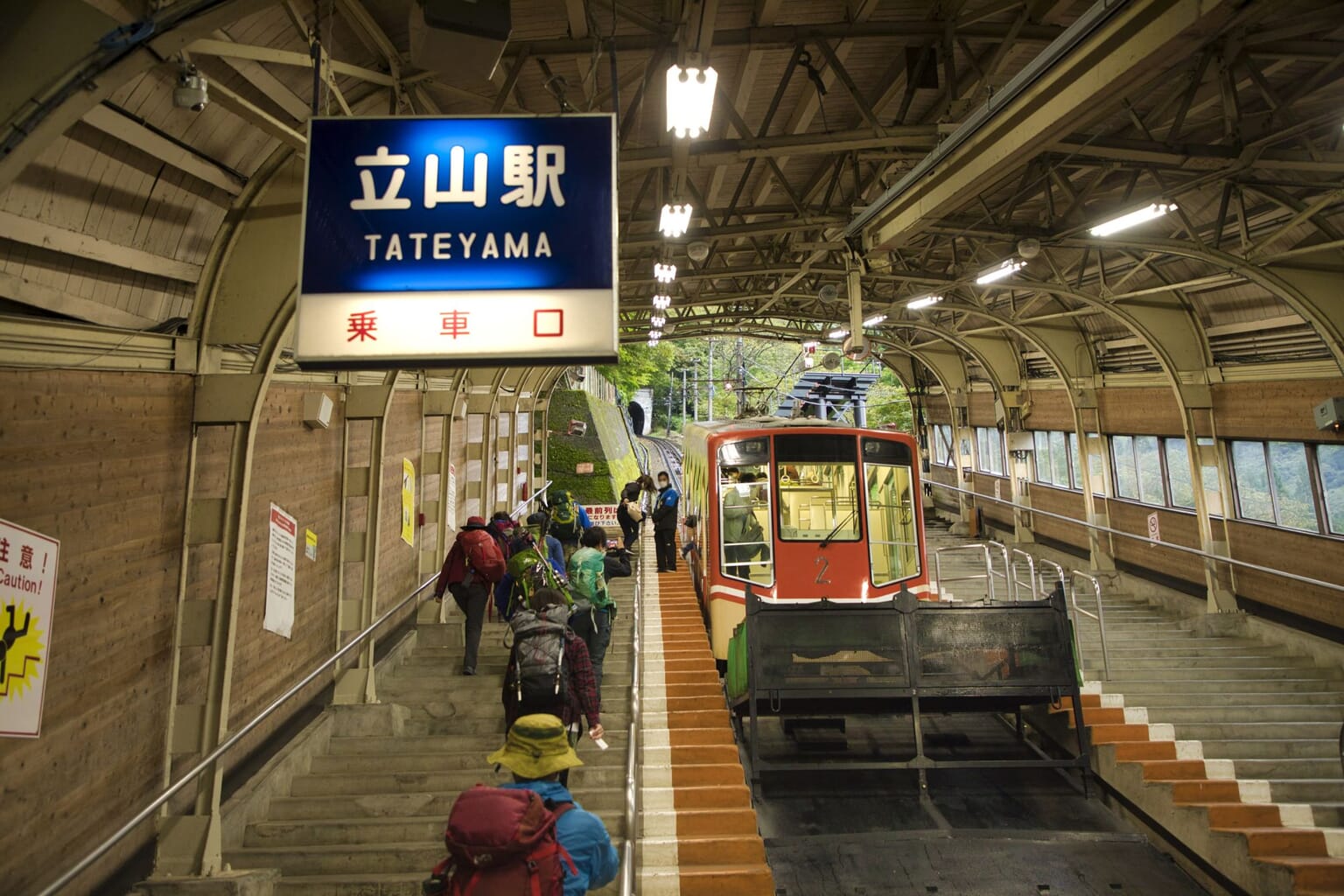
The Reality that Awaits
The akiya market, when approached with the accepted practice of real estate in Japan, is a relatively hostile market. No agent in their right mind wants to do anything because they don’t stand to benefit from their business activities. And so, the data degrades. The phone calls go unanswered. The offers go unheard. And the situation continues to worsen. The way things operate outside of Tokyo is sufficiently different that the same approach will almost certainly result in failure, yet there haven’t been any alternatives developed to serve these markets.
This is why the akiya problem worsens. It’s not because akiya are bad by definition. The dynamics of that market are at odds with those of the metro area — expecting an akiya to sell via standard methods is like asking the universe to break the laws of physics.
How to Get an Akiya
In order to meaningfully pursue akiya, you need to think differently and be far more proactive than you would be in more normal circumstances. The data exists, but you have to find it, cross-reference it and verify it. The agents are out there, but you’ll need to be pretty good at the subtle art of Japanese arm twisting to get them to make any effort on your behalf. There are deals abound, but they’re often mixed in with the garbage that probably makes up 85 percent of the stock.
If you’re interested to learn more about best practices for finding and purchasing your own akiya, check out the Akiya & Inaka website and the A&I Lifestyle newsletter.
Related Articles
- Onomichi Akiya: Free Houses Done Right
- Roovice Renovates Old Houses to a Whole New Level
- The Fight to Save Japan’s Remote Villages through 44 Resilience Values
Updated On January 11, 2024
